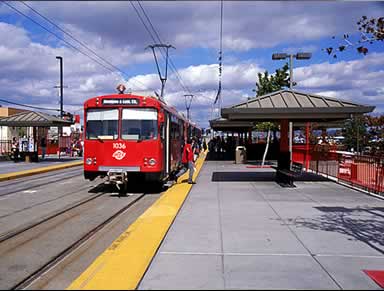Hopes were running high when, in 2008, the Legislature passed SB 375 to require the preparation of local land use plans that reduce greenhouse gases. But the first such effort in the state – from the San Diego Association of Governments – is off course.

Setting a national precedent, SB 375 requires regional transportation planning agencies to design more efficient land use patterns, along with compatible transportation investments and strategies to reduce transportation demand, in a “Sustainable Communities Strategy,” or SCS. The SCS will be part of the legally required Regional Transportation Plan (RTP) and must meet the region’s allocated share of GHG emissions reductions from transportation – the largest source of GHG emissions.
Despite SB 375's purpose to incentivize more efficient land use, SANDAG has already approved future land use patterns out to the year 2050, and even though SANDAG’s share of GHG reductions will not be known until later this year. Thus, despite the State’s goal of reducing GHG emissions by 80% from 1990 levels by that year, per capita vehicle miles traveled – a key measure of transportation-based GHG emissions – from these land use assumptions will remain static unless a different approach is adopted and revisions made.
Most seriously, SANDAG staff has recommended a set of alternative SCS scenarios that ignore the benefit of different land use patterns and consider only transportation strategies in its SCS planning. The SANDAG Board is slated to act on these recommendations in April, again without knowing what the GHG targets will be, much less whether transportation strategies alone will meet them.
To date, the first region to prepare a “Sustainable Communities Strategy is choosing to dismiss the power of alternative land use patterns to reduce auto dependence, sprawl, and GHG emissions. This is deeply troubling, and bodes ill for the future of SB 375.


